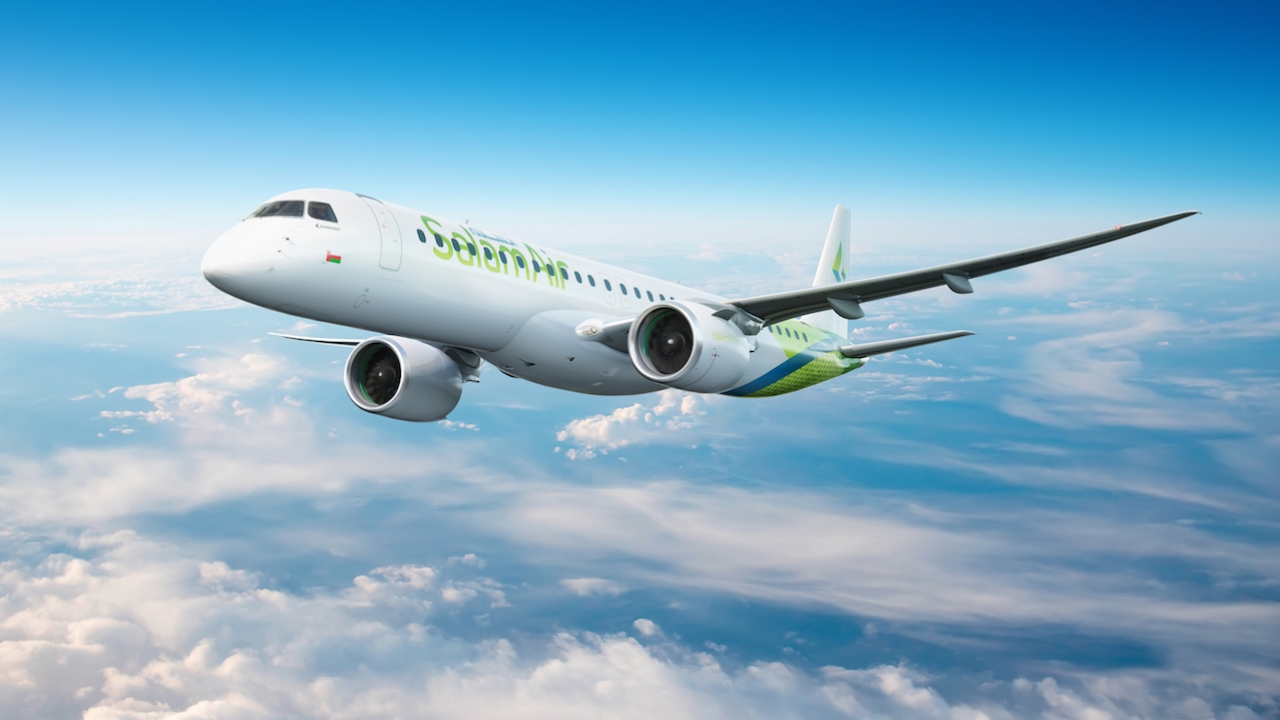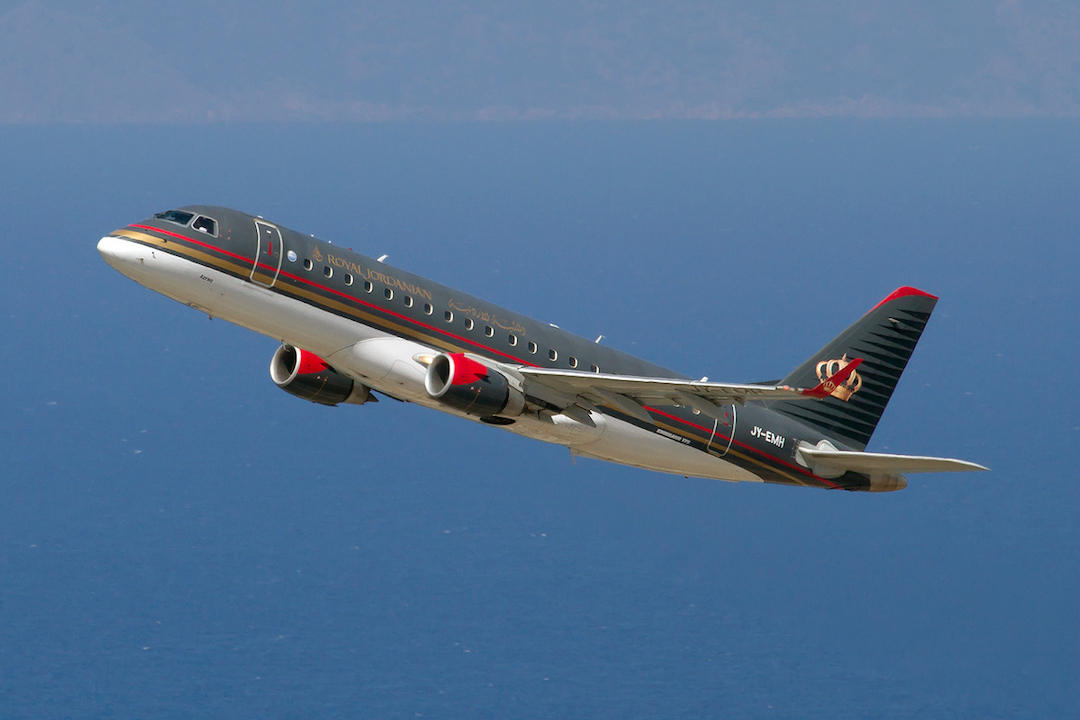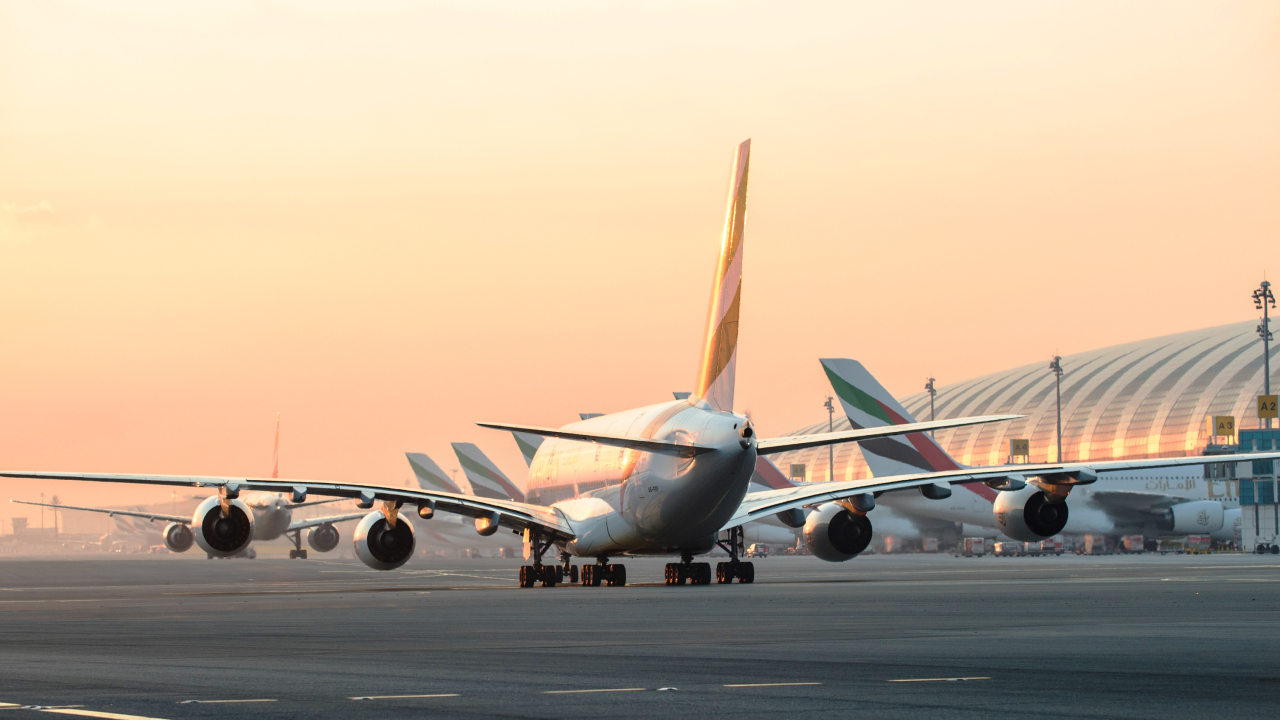Middle East is poised for regional jet breakthrough
With new orders for Embraer from SalamAir and Royal Jordanian, have regional jets finally made a breakthrough in the Middle East?

Omani LCC, SalamAir, is a new name in Embraer’s orderbook. Picture: Embraer.
Traditionally, the Middle East and North Africa (MENA) region has not been a fertile marketplace for regional jets.
The major Gulf carriers have largely focused on wide-bodies for their long-haul networks. Even where Middle East airlines have regional services, the smallest aircraft in their inventories have usually been Boeing and Airbus narrow-bodies – the 737 or A320 families. The region’s low-cost carriers (LCCs) have also opted for the US and European types.
Last October, however, saw a pair of commitments for Embraer’s E2 series of regional jets
– orders for six E195 E2s (plus six options) for Omani LCC SalamAir and a memorandum of understanding ( MoU) for 10 aircraft (to be split between the E190 and E195) for Royal Jordanian.
Also, Airbus notes that its A220 has been introduced by EgyptAir and Iraqi Airways.
Perhaps significantly, both the E2 and the A220 have greater capacity than previous generations of regional jets.
The Bombardier (now MHI) CRJ1000, the largest of the CRJ series, had a maximum of 104 seats. The Avro RJ100 could carry up to 111. Even the largest member of Embraer’s E1 series, the E195, had a maximum of 124 seats in high-density layout.
New designs can carry more passengers. The single-class variant of the E195 E2 has 132 seats, or 146 in high-density. The A220-100 can carry up to 135 passengers and the A220-300, up to 160.
In practice, those numbers may shrink to accommodate Middle East passengers’ comfort expectations, but modern regional jets are clearly edging into narrow-body territory in terms of capacity, making them more appropriate for MENA carriers.
In SalamAir’s case, the aircraft will be delivered in a two-class, 135-seat layout. They will initially be used on domestic flights within Oman, both to civil airports and to airstrips serving oilfields.
As the fleet grows, they will fly to second-tier airports in the region not previously connected to Oman.
Stephan Hannemann, Embraer’s VP, Middle East and Africa, said: “At SalamAir, it’s all about having an edge in opening new markets at lower risk, and adding frequency and connectivity.”

Royal Jordanian will use its examples for short-haul services. Its aircraft will replace first-generation E175 and E190s and the new order “confirms the relevance of the segment”, according to Hannemann.
An added benefit, he said, is that pilots can transition from the E1s to the E2s in just two-and-a-half days.
“There seems to be a trend in airlines trying to identify what’s the ideal complement to their narrow-bodies,” added Hannemann. “I would say the Middle East is opening up more and more.”
Additionally, sustainability is now front and centre as a consideration in airlines’ equipment purchases. Reducing emissions has become very important and the E2s typically reduce CO2 emissions by 25% per seat compared to the E1s.
Mikail Houari, president, Airbus Africa and Middle East, made the point that the A220 was purposely built for targeting the 100-150 seat market aircraft – a ‘crossover jet’ that blurs the gap between narrow-body and regional aircraft.
“The A220 also delivers the highest efficiency and lowest risk with up to 20 more seats than a typical regional jet and up to 14% lower operating cost per seat,” he said.
“The A220 has gained momentum in the region over the past few years. It is currently operated by Middle East airlines such as Iraqi Airways and EgyptAir. Airbus anticipates seeing customer and aircraft count based in both [Middle East and Africa] expand further in the future.”
Airbus predicts that, of the 3,000-plus new aircraft needed by Middle East airlines by 2041, “an estimated 1,470 will be small single-aisle aircraft, the category of the A220.”
Another capability of the A220 relevant for regional jet replacements from Africa and Middle East, is its ability to fly into challenging airports, he added.
“The A220-100 will best serve as a route-opener, while the A220-300 is ideal for more established city-pairs.”
Airbus also points to the type’s baggage and cargo capacity – particularly relevant to the Middle East, where passengers tend to travel with a lot of luggage.
Stay up to date
Subscribe to the free Times Aerospace newsletter and receive the latest content every week. We'll never share your email address.


